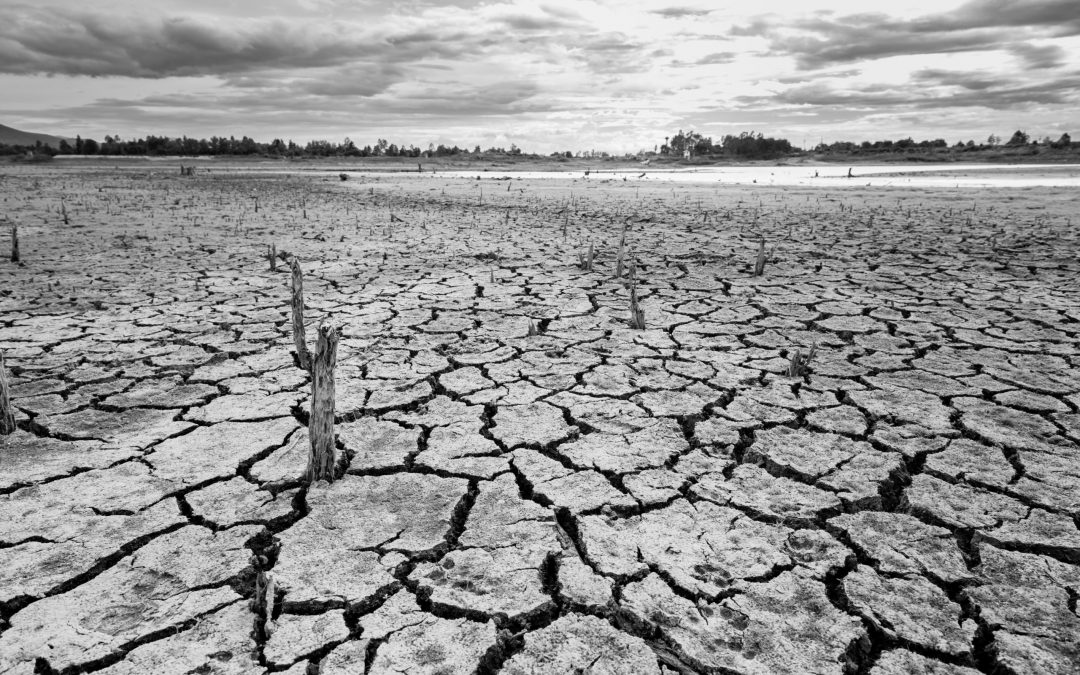Drought in south-east Australia from 1837 to 1842 contributed to a catastrophic fall in land sales and the onset of depression in 1841 reduced the demand for labour. (1)
In April 1839 Lady Jane Franklin was travelling north along the Sydney road and when near Yass, she spoke with a Mr Grosvenor, who, ‘declared he had had no rain worth mentioning for 4 years…he could not get a plough into the ground, and now grain was scarce.’ (2)
JFH Mitchell that during this time the Murray was reduced to a string of waterholes and in places he could cross the river without getting his feet wet. (3)
A letter to The Sydney Monitor and Commercial Advertiser, on Fri 22 Mar 1839 gives a bleak picture of the impact of the drought between the Murray and the Ovens Rivers. The letter was dated March 3rd:—“The country is altered much for the worse since you left, and a greater part of the journey we were compelled to take a different route for want of food and water; nearly all the grass that had escaped the general destruction, is now burnt, and we experienced great difficulties in procuring sufficient for the cattle. At present both the Rivers Hume (Murray) and Ovens cease to run at the well-known crossing places. The whole of Faithfull’s, Chisholm’s, and the other runs adjacent to ours, are burnt up; the only bite that is left us now, is in the large flat between the two rivers, and that we have pretty well reduced already, and which would have been totally destroyed had we not exerted ourselves day and night. If no rain-fall before the frost sets in, God help the poor sheep and cattle, for they must starve.”
THE REFERENCES:
(1) Australian Dictionary of Biography – Governor George Gipps
(2) Lady Jane Franklins Diary, This Errant Lady, page 91
(3) AA Andrews, First Settlement of the Upper Murray


